Learning Every Day Spanish in Mexico
Did you know that Spanish is either the official or majority language spoken in twenty countries and the territory of Puerto Rico?
It’s true!
A basic understanding of the language can get you around, but the different nuances of each country can throw a wrench into comprehension. When I lived in the Dominican Republic, I noticed a lot of slang. I found it amusing that my Mexican roommate could understand one Dominican alone, but if two or more were having a conversation, she couldn’t understand anything.
Our neighbors had the same experience. Mr. Neighbor is from El Salvador and Mrs. Neighbor is from Mexico. Though they both met and lived in the United States, she said it was difficult for her to understand his family because they used different words for different things. Now they live in Mexico, and it’s his turn to experience the cultural difference in a language both familiar and foreign at the same time.
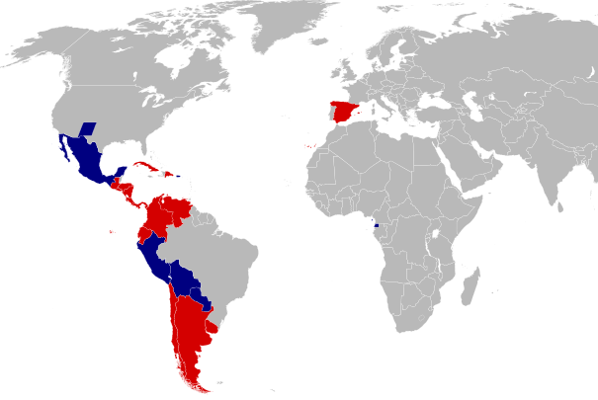
Learning a new language can be fun, exciting and stressful. We’ve been here for a few months now and know a lot more words in Spanish, but still stumble on verb conjugation, informal tendencies, and comprehension.
Classrooms and textbooks may help with recognizing words and repetition, but there’s nothing like LIFE to teach you how to use it. We’ve ordered furniture, had conversations with dog owners and argued with the internet company. I think we’ve improved in the restaurants with ordering and understanding, but that is still hit or miss depending on who our server is.
Getting by with Google Translate
Google Translate has been a great resource, but it’s not always correct. I went to the grocery store the other day with a list of items including toothpicks. I didn’t know what the word for toothpicks was in Spanish, so I whipped out my phone and typed it in to Google Translate. The word that came up was mondadientes. I asked one of the employees where I could find the mondadientes. She took me to the toothpaste aisle. (Dientes means teeth)
So then I brought up a picture of toothpicks which looked like spaghetti.
She showed me the spaghetti aisle.
I tried one last time with google images, and found a picture of a tapa with a toothpick in it. I showed her the picture and we headed for the correct aisle. In a space smaller than a foot, we found the palillos, or toothpicks.
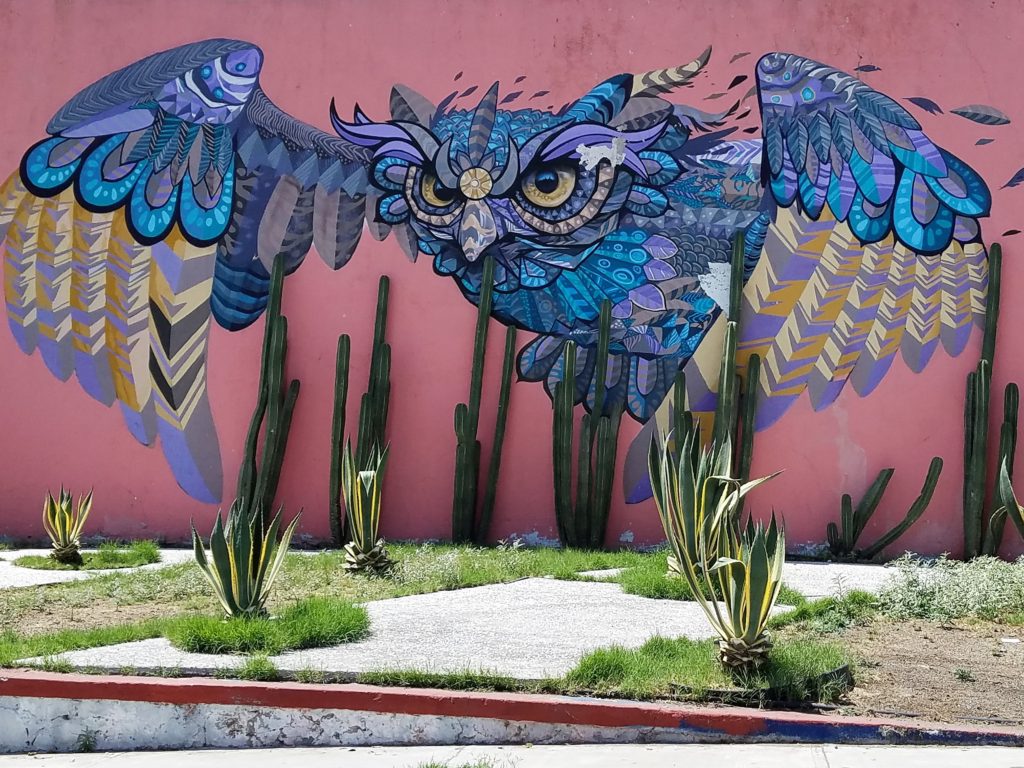
Another experience we had was at the car repair shop. Our neighbors drove us to the body shop to pick up our car last week and across the street was a beautiful mural of an owl. I asked the security guard what that bird was called. He answered, búho.” (BOO—ho)
I was so excited, and bounced into the waiting room where I exclaimed that I just learned the word for owl in Spanish.
Mr. Neighbor, “oh, el mochuelo.”
Mrs. Neighbor, “La lechuza.”
Uh, that’s not what the guy told me.
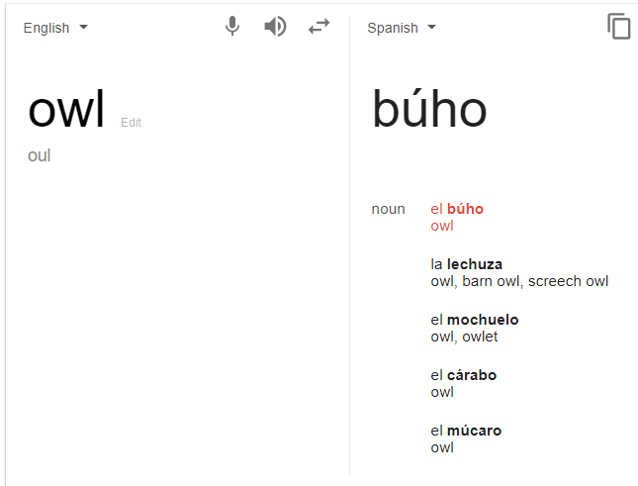 I looked it up on Google Translate, and it gave me 5 different options! Buho, lechuza, mochuelo, carabo, and mucaro.
I looked it up on Google Translate, and it gave me 5 different options! Buho, lechuza, mochuelo, carabo, and mucaro.
How are you supposed to learn a language when your resources all say something different?
New Fruits, New Words
Shopping at the farmer’s markets is always an adventure as well. We see the usual apples, oranges, peaches and bananas, but also many fruits we don’t recognize. It’s fun asking the people what they are, and they usually will let you taste them. Here’s another learning experience: different countries will have their own name for the same thing.
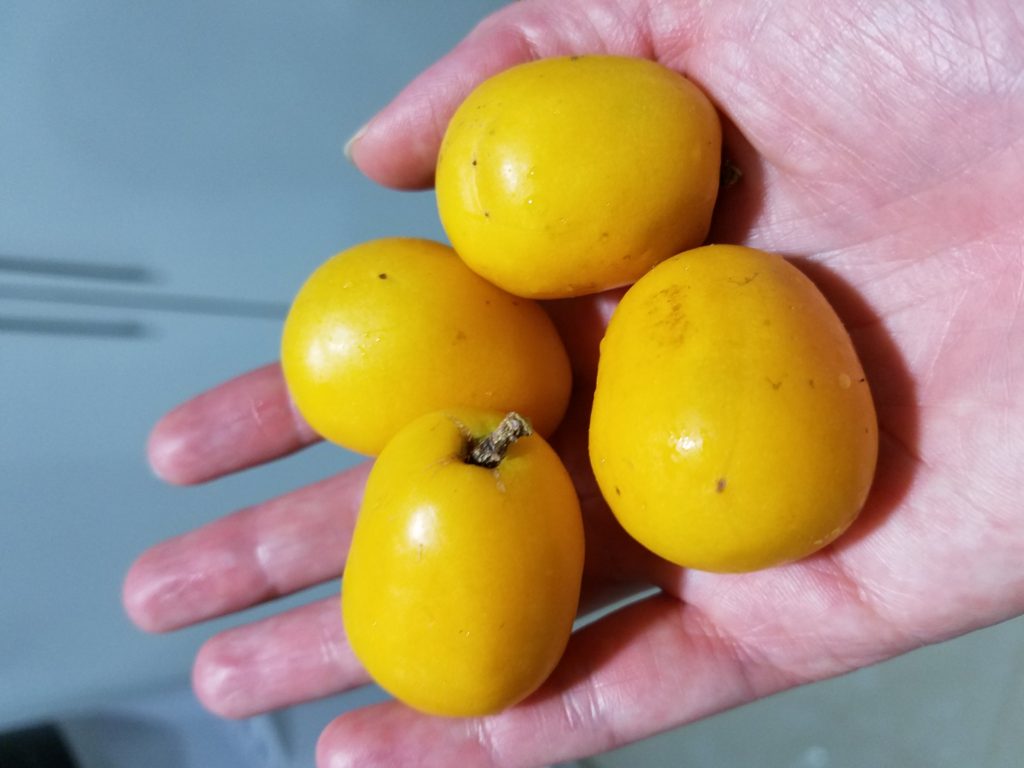
This little yellow fruit is called a hog plum in the United States. It’s very juicy, but has a large seed in it like a lychee.
In Mexico they call them ciruelas.
In Ecuador, jobito.
Jut another difference: A straw in Mexico is called a popote, but in Spain it’s called a pajilla. I may become fluent in Mexican Spanish, but probably not in another country’s Spanish.
K.I.S.S. (Keep It Simple, Stupid)
I think the Spanish language is very beautiful, but I feel people put a lot of extra words into the simplest interactions. Now, don’t get me wrong. I have plenty of friends who speak Spanish from all over the world, but when it’s obvious that Spanish is not my first language, simplification would be much appreciated.
If I ask for directions to a restaurant, this is what I hear from someone who speaks English:
Go past the pharmacy and take a right. On the second street, take a left. Two more streets up, take a right and you’ll see it on the corner.
This is what I think I hear from someone speaking Spanish:
“You want to go down this road past the flower shop and pharmacy and take a right.
You’ll see an ice cream store. That belongs to my wife’s mother, and she makes the best mango ice cream in town, so be sure to stop there on your way to the restaurant.
Take your second left, there will be a hardware store on the corner that belongs to my brother who is also a great plumber in case you need anything fixed in your house. I can give you his number now.
And then 2 more streets up you’ll pass my sister’s brother’s cousin’s carnitas place. He makes the best carnitas, but you need to go when he is working instead of his brother. His brother is cheap and doesn’t give you as much food. You should eat there instead of that other restaurant.
But if you still want to go to your restaurant, take a right, and it will be on the corner across from my aunt’s travel agency. She has great deals to Puerto Vallarta. Have you been there? It’s so beautiful! She can help you get a great hotel, all-inclusive, too with a fantastic pool and margharitas!”
Just Keep Swimming…
I will keep trying to speak and understand Spanish, and I will continue to make mistakes along the way. I do get daily lessons from our neighborhood security guard on the weather, family, and crazy people (one of his favorite topics). For now, I have one very simple request: Talk to me in very short sentences like you would to a 3 year old. Then, I’ll probably understand.

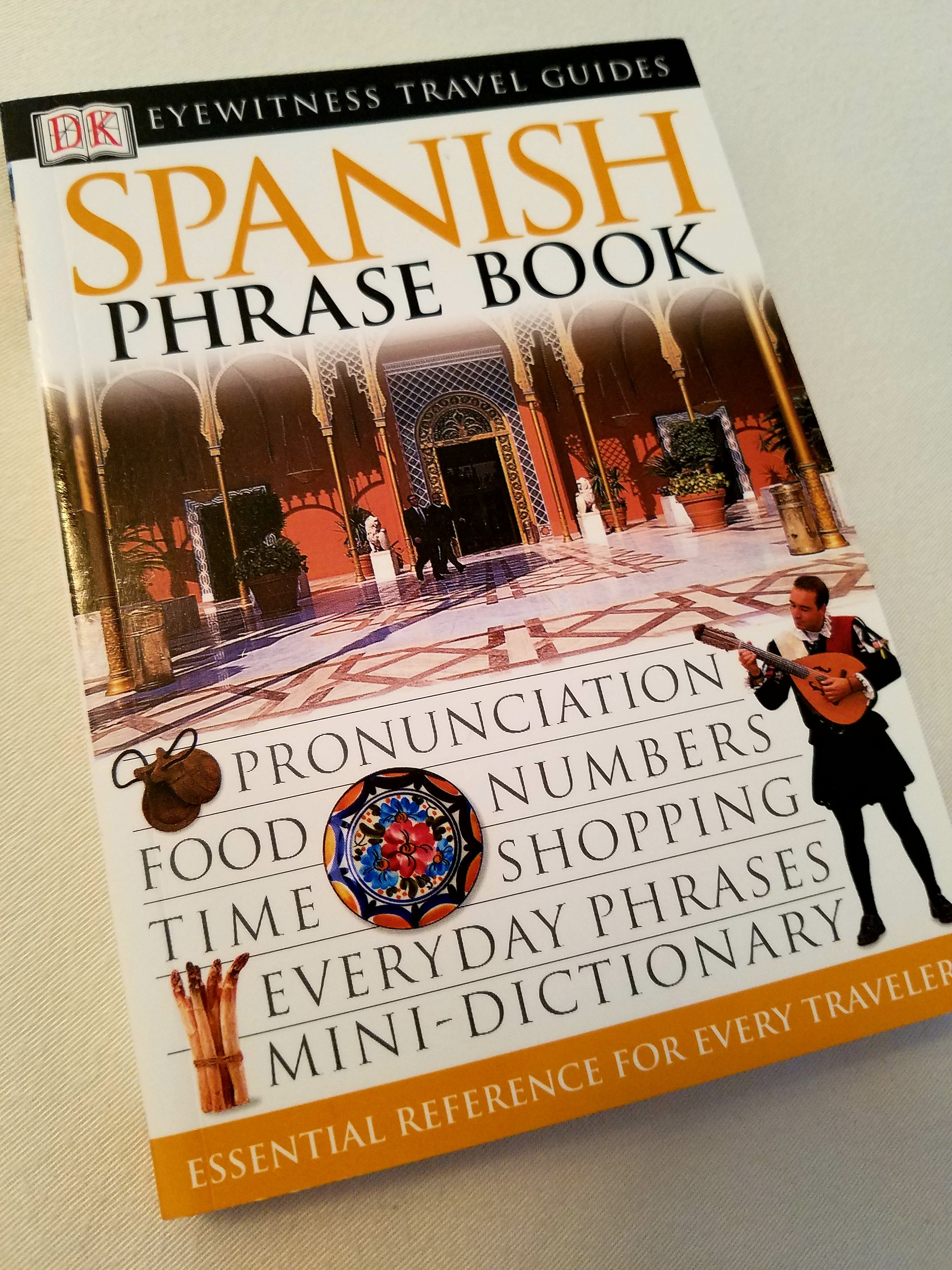

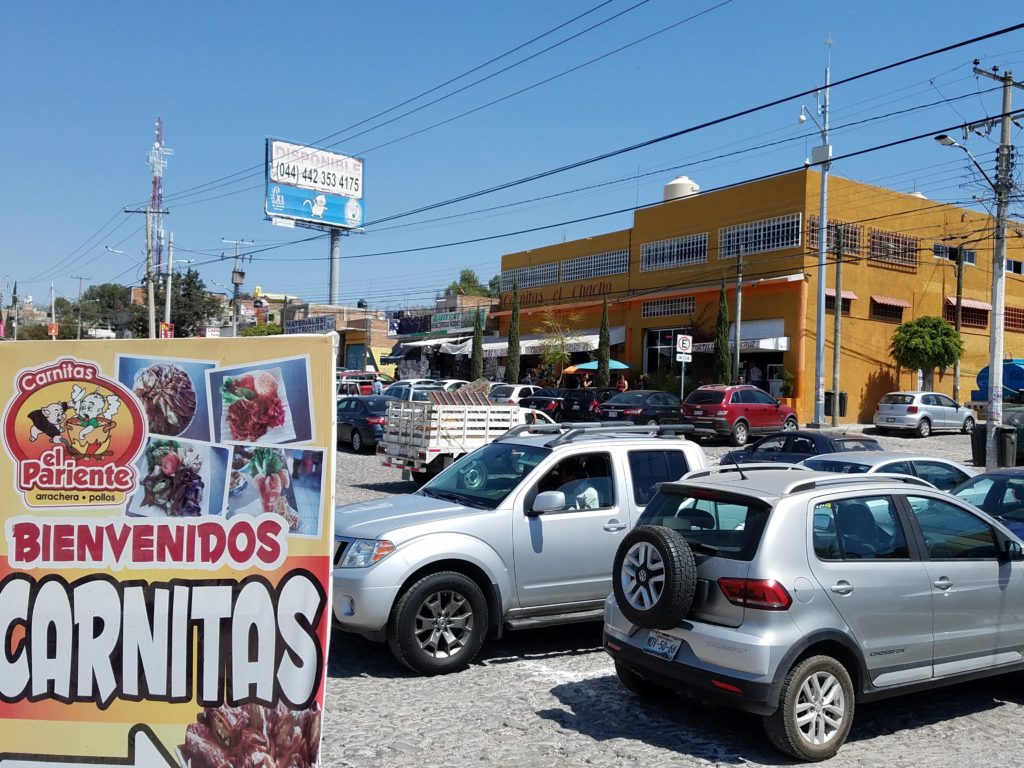

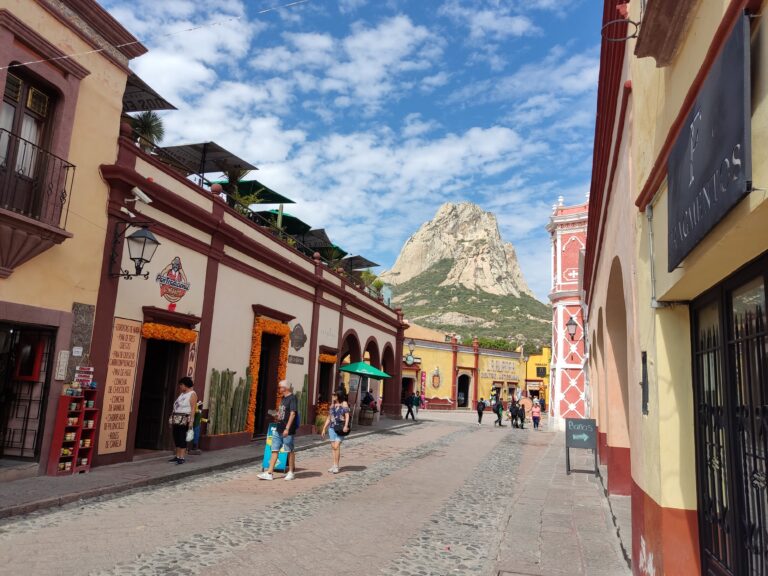
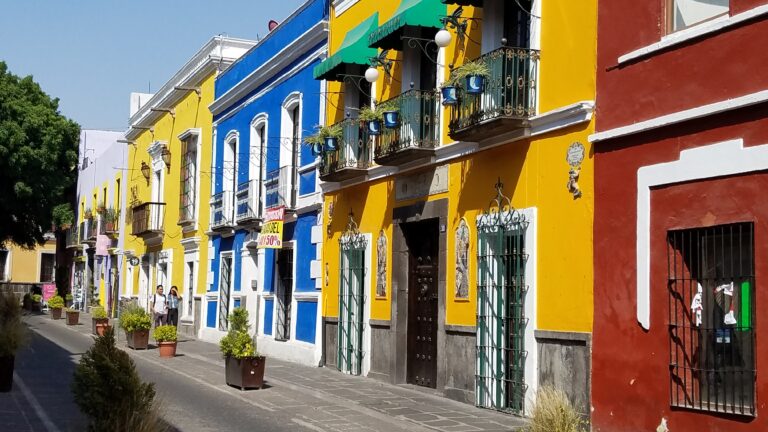
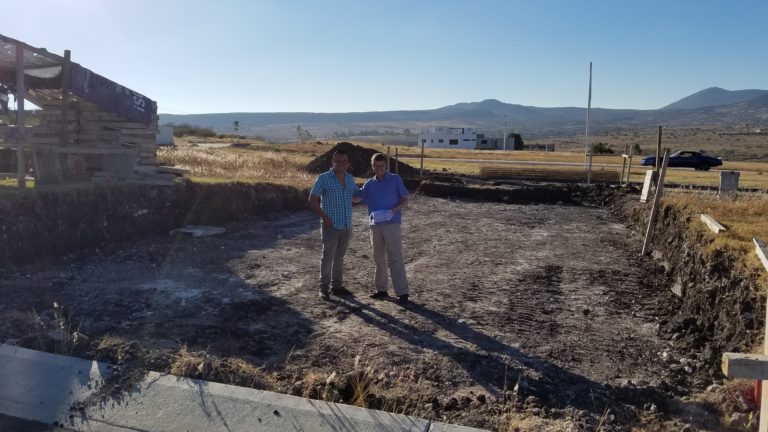


love the post and its light hearted take on trying to learn a new language while trying to make your way around the country.
Thank you! For the most part, learning the language has been amusing!
What an entertaining post. I can only imagine thateach day brings a new challenge, word, phrase, etc. What a great way to get an education.
Very true! Most days aren’t bad at least!
This takes me back to Mexico! I was speaking Castellano and while they understood me, the differences were noticeable. Learning a language is all about practice and confidence. Loved the different fruit names!
Tom spoke Castellano when we first arrived. People looked at him weird, but they seemed to understand for the most part.
Very entertaining post and I wish you good luck with the learning and even more luck using spaghetti to clear the teeth 😅
lol! Thank you! Spaghetti just doesn’t cut it!
We tried Spanish lessons and failed. I’m sure being there and having to sink and swim would be a great motivator.
It’s easier and also harder in person. Easy when you have friends that are patient and will help you, harder when you have to deal with government issues.
Ah, the adventures in learning a new language! Translations apps can be helpful but they don’t always get it right. We had some really odd results in China so I can totally relate to your experience. I’m sure it’ll get easier.